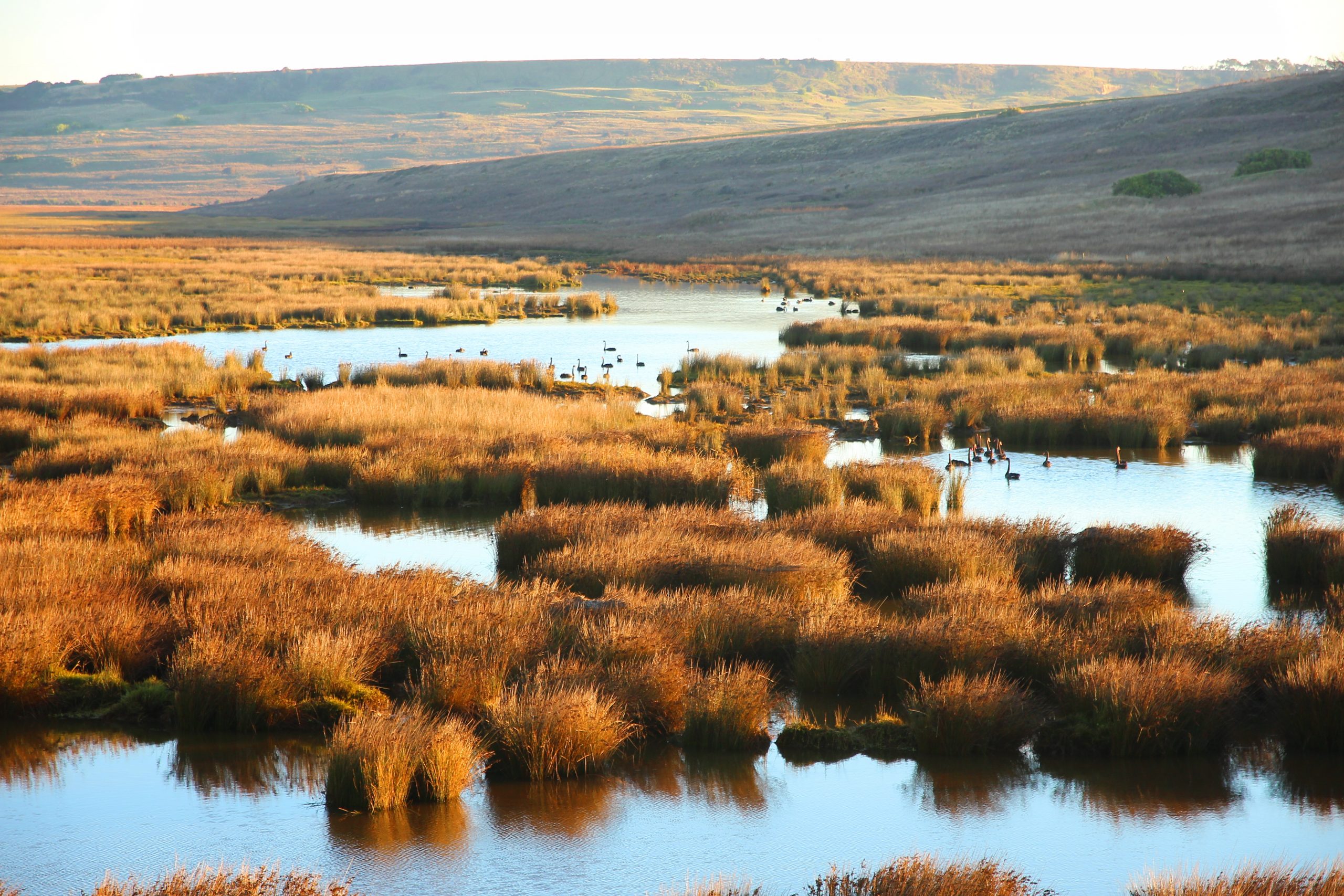News
Safeguarding the soil that sustains us: protecting peatlands

News | Dec 2021
Healthy soils are crucial for the planet’s future and our survival on it. They supply essential ecosystem services such as food provision and water storage and purification and almost 50% of terrestrial biodiversity lives or spends part of its life in them. World Soil Day, which takes place on 5 December, aims to raise awareness of the importance of healthy soil and advocate for the sustainable management of soil resources.
Following World Soil Day, UNEP-WCMC is highlighting the vital role that peat soil plays in sustaining the planet and showcasing the work within one of the major global collaborations on peatlands, the Global Peatlands Initiative (GPI).
Peatlands can act as a powerful nature-based solution to many of the global challenges we are currently facing, including climate change, biodiversity loss and pollution. Yet, peatlands are one of the least known, undervalued, and underinvested ecosystems on Earth, resulting in their global decline today. According to a new report released by the UN Environment Programme (UNEP) and the GPI this November, “an estimated 11-15% of these ecosystems have been drained for agriculture, grazing, peat mining and forestry” and “a further 5-10% are degraded through vegetation removal or alteration”. Without urgent action to conserve and sustainably manage peatlands, these numbers are likely to significantly increase in future.
Peatlands and carbon
Present in almost every country, peatlands are one of our greatest resources for combating climate change. Estimates suggest that while peatlands cover only 3% of the planet, they store twice as much carbon as all the world’s forests. In fact, peatlands are responsible for storing nearly 30% of global soil carbon. But, when damaged or removed, peatlands’ role is reversed due to huge amounts of carbon previously stored being released into the atmosphere. For example, GPI research in 2019 found that degraded peatlands emit nearly 2 billion tons of CO2 per year, about 5% of the total carbon emissions from human activities.
On the other hand, when protected, restored and sustainably managed, these habitats have the potential to reduce global greenhouse gas emissions by 800 million metric tons per year – equivalent to Germany’s annual emissions. A recent report launched by UNEP & IUCN has shown that peatlands can offer 10% of the total mitigation potential (at 2050) expected from nature-based solutions for climate change mitigation worldwide.
Local and global action for peatlands can thus play a significant part in achieving global climate goals.
The Global Peatlands Assessment
One of the biggest challenges to achieving effective safeguarding of peatlands is the lack of knowledge available on these types of systems. In an effort to fill these research and information gaps, earlier this year the GPI kicked off the process to develop a Global Peatland Assessment (GPA). This document will provide a source of knowledge and information on the state of the world’s peatlands, aiming to support action to conserve, restore, and sustainably manage these ecosystems.
The Assessment will critically help to review the priorities for climate, biodiversity, and sustainability action aligned with the best available science. It will also act as a critical baseline for future global peatlands assessments and as a basis for work towards a future Global Peatlands Inventory.
The trajectory for peatlands restoration
Protecting and restoring peatlands can make a significant difference in climate change mitigation and adaptation efforts. The Global Peatlands Assessment marks a key step in filling the research and information gaps to improve peatland conservation, restoration, and sustainable management.
However, many challenges remain. Released at COP26 by UNEP and the GPI, a complementary report highlighted that the principal cause for peatland mismanagement is the undervaluation of their economic contributions. Demonstrating the economic instruments and incentives to scale up the action on peatlands, its authors call for investments of “up to USD 46 billion annually by 2050 to slash almost half the emissions caused by draining and burning peatlands”. Nevertheless, the same report shows that peatlands protection and restoration can be a low-cost, low-tech and high impact nature-based solution to meet the sustainable development goals. The Global Peatlands Assessment (GPA) will illustrate the opportunities that peatland conservation, restoration and sustainable use can offer for a triple win for the climate, people, and the planet.
Find out more about the world of peatlands by exploring the Virtual Peatland Pavilion created for COP26.
Have a query?
Contact us
communications@unep-wcmc.org
